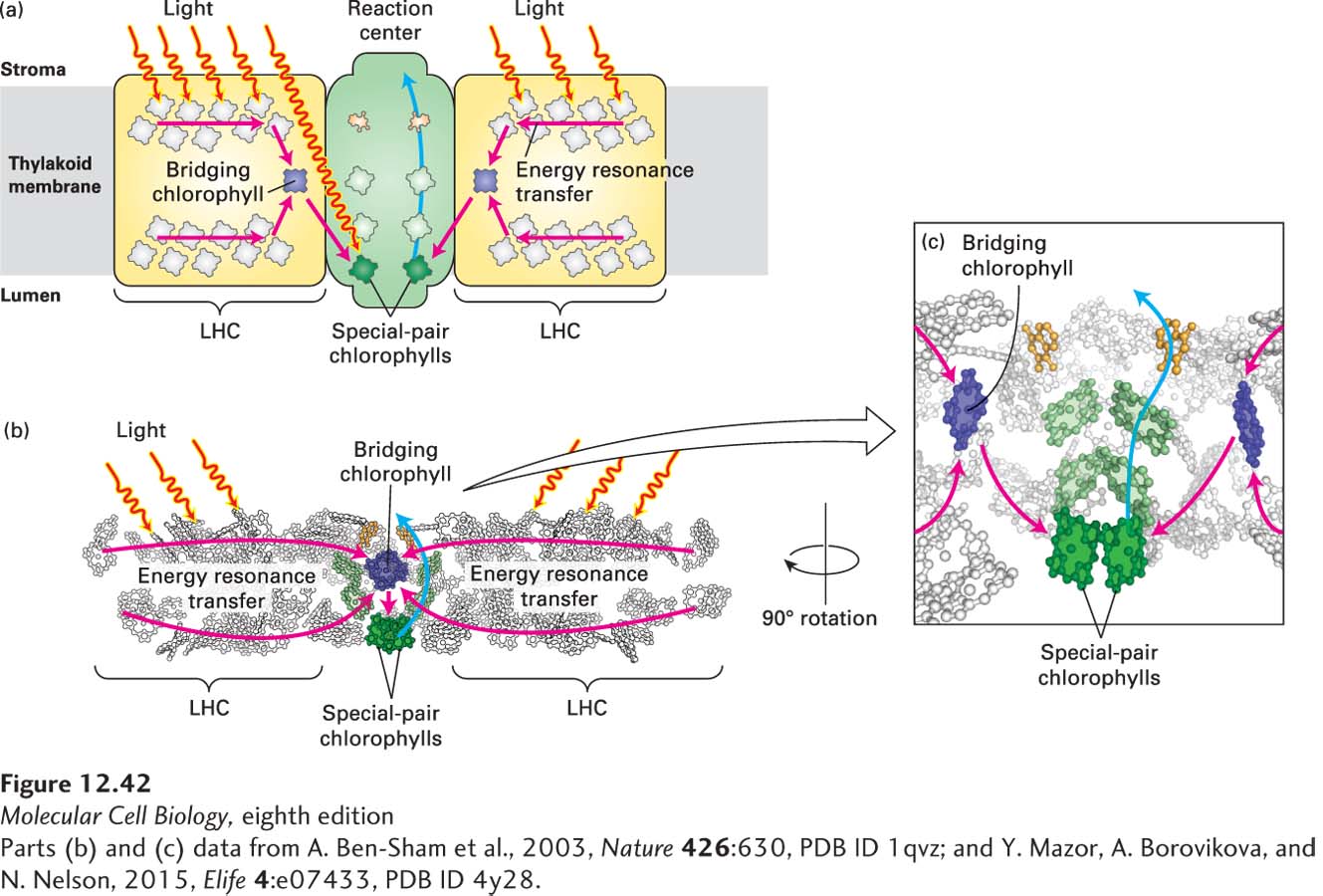
FIGURE 12- t- t- l- l- e- x- n-
[Parts (b) and (c) data from A. Ben-